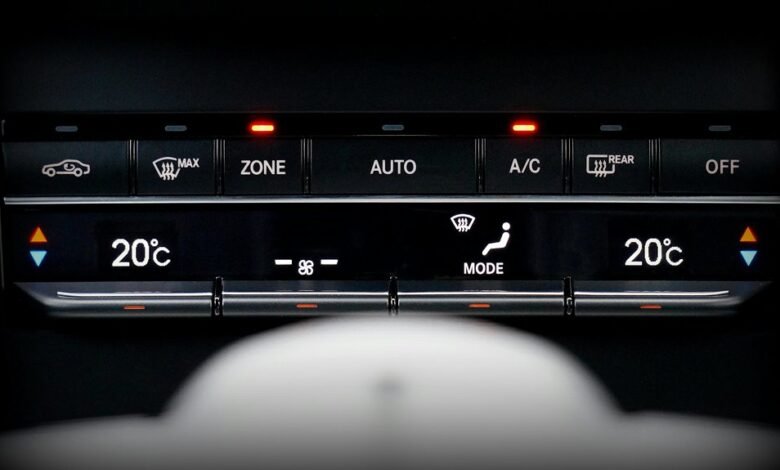What Is 70 Celsius in Fahrenheit? Converting 70°C to Fahrenheit

The conversion from Celsius to Fahrenheit is a common necessity in both culinary and scientific fields. When examining 70 degrees Celsius, it is crucial to apply the appropriate formula for accurate results. This specific temperature holds significance in various applications, particularly in food safety. Understanding the implications of this conversion may reveal deeper insights into temperature management and its effects. However, the exact Fahrenheit equivalent warrants further exploration.
Understanding the Celsius and Fahrenheit Scales
The Celsius and Fahrenheit scales serve as two primary temperature measurement systems, each with distinct origins and applications.
The Celsius scale, rooted in the metric system, is widely utilized in scientific contexts, while the Fahrenheit scale, established in the 18th century, remains prevalent in the United States.
Understanding these temperature scales within their historical context reveals their significance in various cultural and practical applications.
The Conversion Formula: Celsius to Fahrenheit
Converting temperatures from Celsius to Fahrenheit requires a specific mathematical formula that facilitates this transition between the two scales.
The formula, F = (C × 9/5) + 32, exemplifies the process of scaling temperatures.
This conversion not only serves practical purposes but also reflects historical context, illustrating how societies have developed different temperature measurement systems to meet diverse needs and preferences.
Calculating 70 Degrees Celsius in Fahrenheit
When calculating 70 degrees Celsius in Fahrenheit, one must apply the established conversion formula to achieve an accurate result.
The formula involves multiplying the Celsius temperature by 9/5 and then adding 32. This process highlights the temperature differences between the two scales.
Various conversion tools can facilitate this calculation, ensuring precision for those seeking accurate temperature readings in their endeavors.
Practical Applications of 70°C in Everyday Life
Although 70°C may seem like a specific temperature, its practical applications extend across various fields, particularly in culinary, industrial, and scientific contexts.
In cooking, this temperature is ideal for pasteurization, ensuring food safety by eliminating harmful microorganisms.
Additionally, many industrial processes utilize 70°C to optimize chemical reactions and material properties, highlighting its significance in both food preparation and manufacturing efficiency.
Conclusion
In summary, converting 70 degrees Celsius to Fahrenheit reveals a temperature of 158 degrees Fahrenheit, a value that transcends mere numbers. This transformation not only facilitates culinary precision but also underscores the subtleties of thermal dynamics in food safety. While 70°C may seem like a simple benchmark, its significance resonates deeply within the realms of science and culinary arts, ensuring that the delicate balance between temperature and safety is meticulously maintained, fostering well-being in everyday practices.





